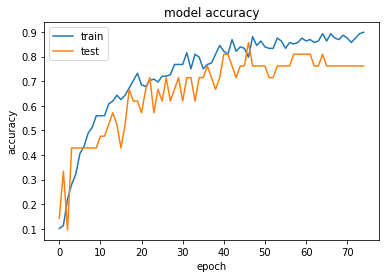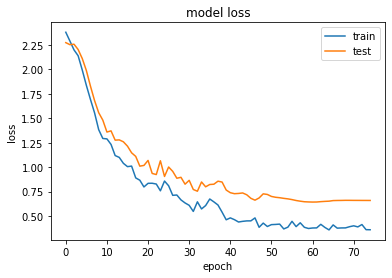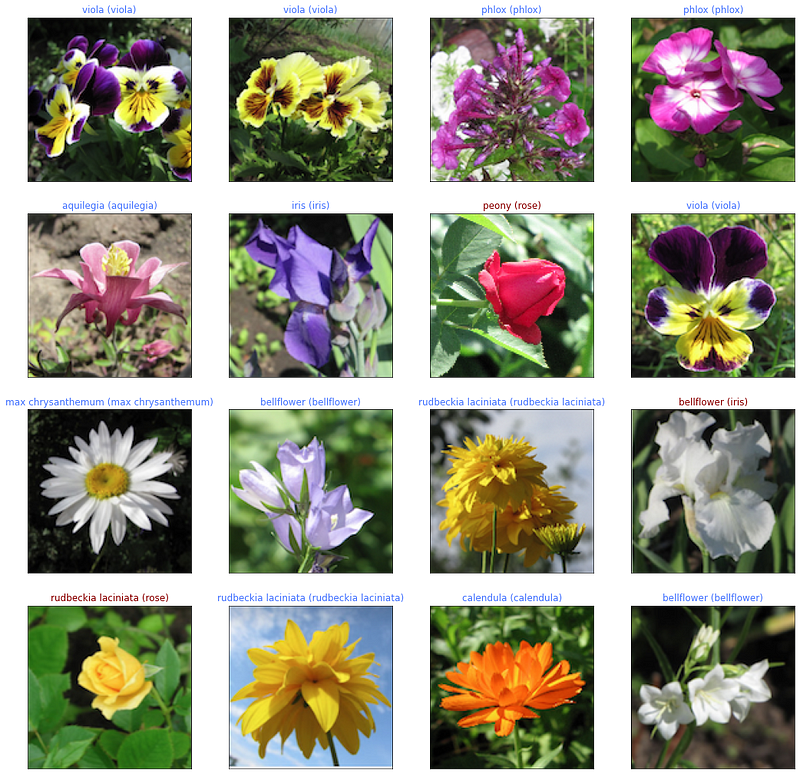
We all come across numerous flowers on a daily basis. But we don’t even know their names at times. We all wonder “I wish my computer/mobile could classify this” when we come across a beautiful looking flower. That is the motive behind this article, to classify flower images.
The main objective of this article is to use Convolutional Neural Networks (CNN) to classify flower images into 10 categories
DATASET
Kaggle Dataset — https://www.kaggle.com/olgabelitskaya/flower-color-images
The 10 classes in the dataset are:
- Phlox
- Rose
- Calendula
- Iris
- Leucanthemum maximum (Shasta daisy)
- Campanula (Bellflower)
- Viola
- Rudbeckia laciniata (Goldquelle)
- Peony
- Aquilegia
IMPORTS
I will be using Tensorflow to implement the CNN, Matplotlib to plot graphs and display images, Seaborn to display the heatmap
MODEL
The model consists of 2 Conv2D layers of 128 neurons each along with MaxPooling layers and followed by 2 Dense layers
I have used LeakyReLU here. ReLU might also provide good results here.
The Loss is Categorical Crossentropy and Optimizer is Adam
Model Architecture:
Layer (type) Output Shape Param # ================================================================= conv2d_4 (Conv2D) (None, 126, 126, 128) 3584 _________________________________________________________________ leaky_re_lu_6 (LeakyReLU) (None, 126, 126, 128) 0 _________________________________________________________________ max_pooling2d_4 (MaxPooling2 (None, 63, 63, 128) 0 _________________________________________________________________ dropout_6 (Dropout) (None, 63, 63, 128) 0 _________________________________________________________________ conv2d_5 (Conv2D) (None, 61, 61, 128) 147584 _________________________________________________________________ leaky_re_lu_7 (LeakyReLU) (None, 61, 61, 128) 0 _________________________________________________________________ max_pooling2d_5 (MaxPooling2 (None, 30, 30, 128) 0 _________________________________________________________________ dropout_7 (Dropout) (None, 30, 30, 128) 0 _________________________________________________________________ global_max_pooling2d_2 (Glob (None, 128) 0 _________________________________________________________________ dense_4 (Dense) (None, 512) 66048 _________________________________________________________________ leaky_re_lu_8 (LeakyReLU) (None, 512) 0 _________________________________________________________________ dropout_8 (Dropout) (None, 512) 0 _________________________________________________________________ dense_5 (Dense) (None, 10) 5130 _________________________________________________________________ activation_2 (Activation) (None, 10) 0 ================================================================= Total params: 222,346 Trainable params: 222,346 Non-trainable params: 0
Callbacks
I have defined 2 callbacks
- ModelCheckpoint — To save the best model during training
- ReduceLROnPlateau — Reduce the learning rate accordingly during training
Train
The model is being training with a Batch Size = 32 and for 75 Epochs
As we don’t have a large amount of data, we use Image Augmentation to synthesize more data and train our model with it
RESULT
The model reached a validation accuracy of 80.95238% which is quite decent. And we can see that the model did not overfit a lot. So it’s quite a good model


PREDICTIONS
Let’s look at some predictions made by our model on randomly chosen images

Notebook Link: Here
Credit: Rasswanth Shankar
You may also be interested in
- Learning more about Tyre Pressure Detection using CNN
- Reading about Fuel Efficiency Prediction using Deep Learning
- Also Read: Mobile Price Range Classifier
- Finding out about Convolutional neural network, the brain-inspired algorithms revolutionizing how machines see and understand the world around us
Become a Contributor: Write for AITS Publication Today! We’ll be happy to publish your latest article on data science, artificial intelligence, machine learning, deep learning, and other technology topics.
